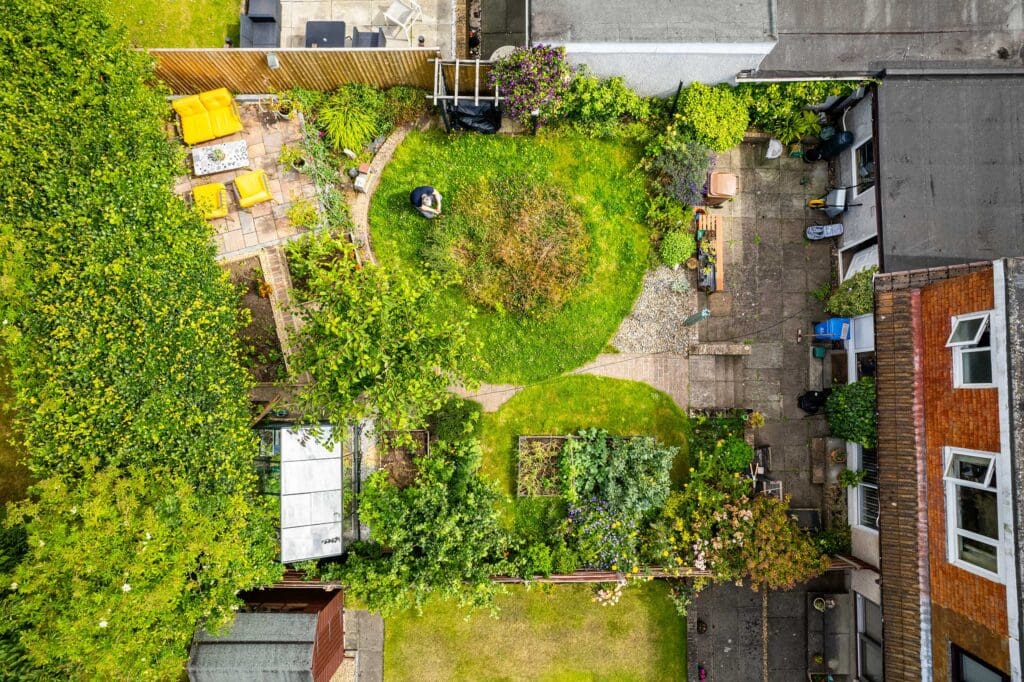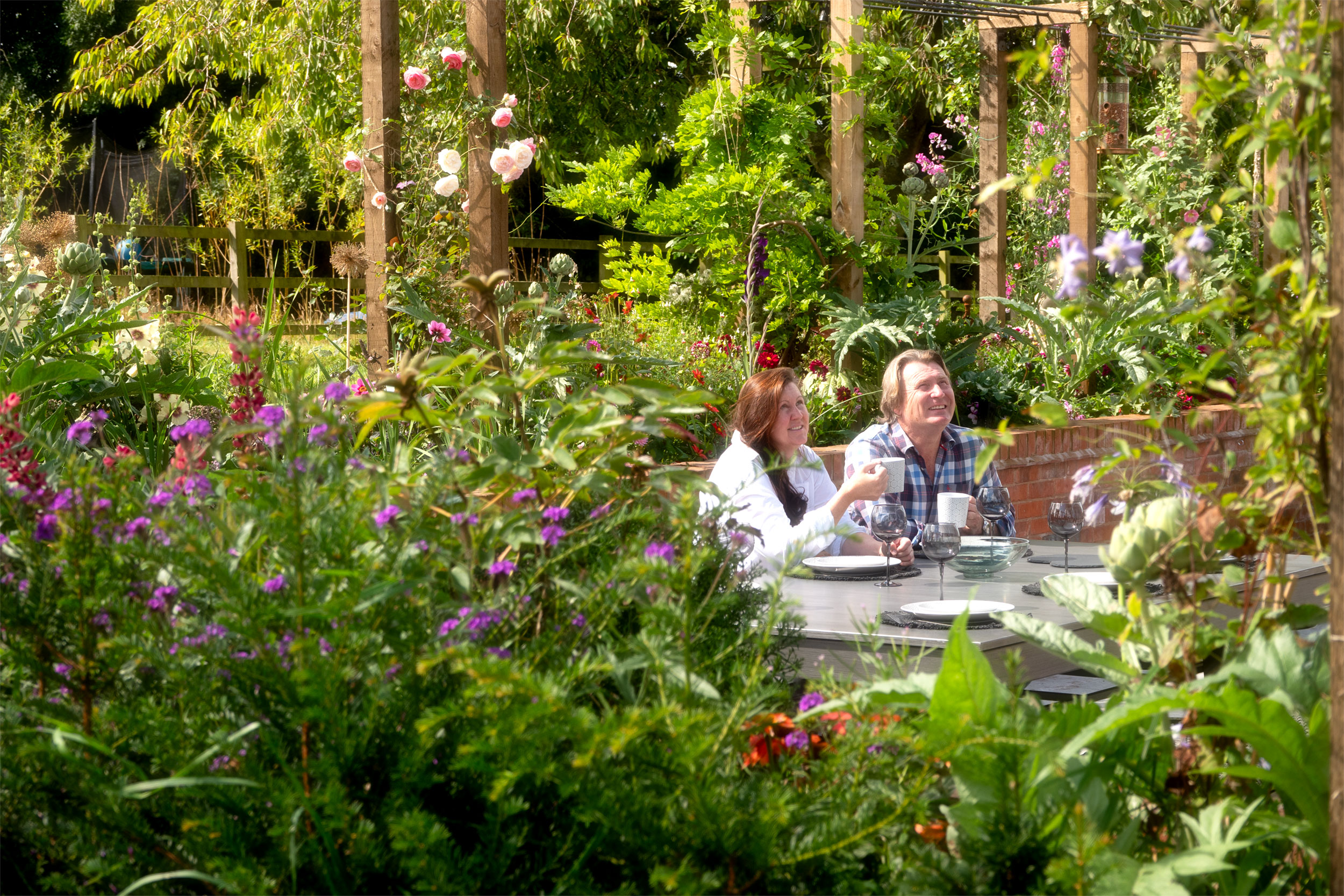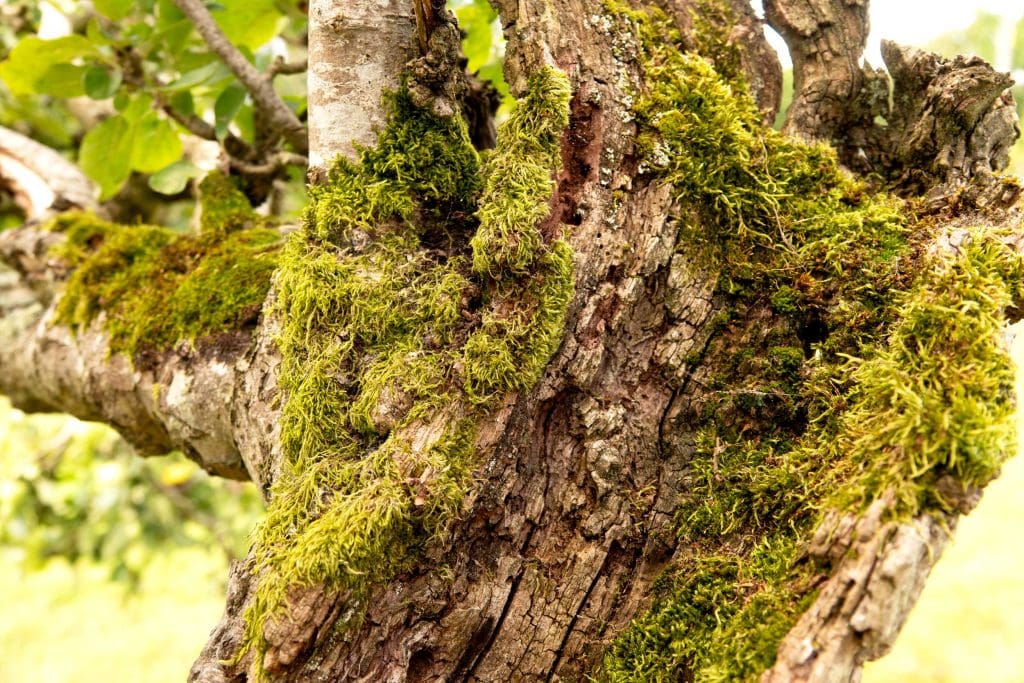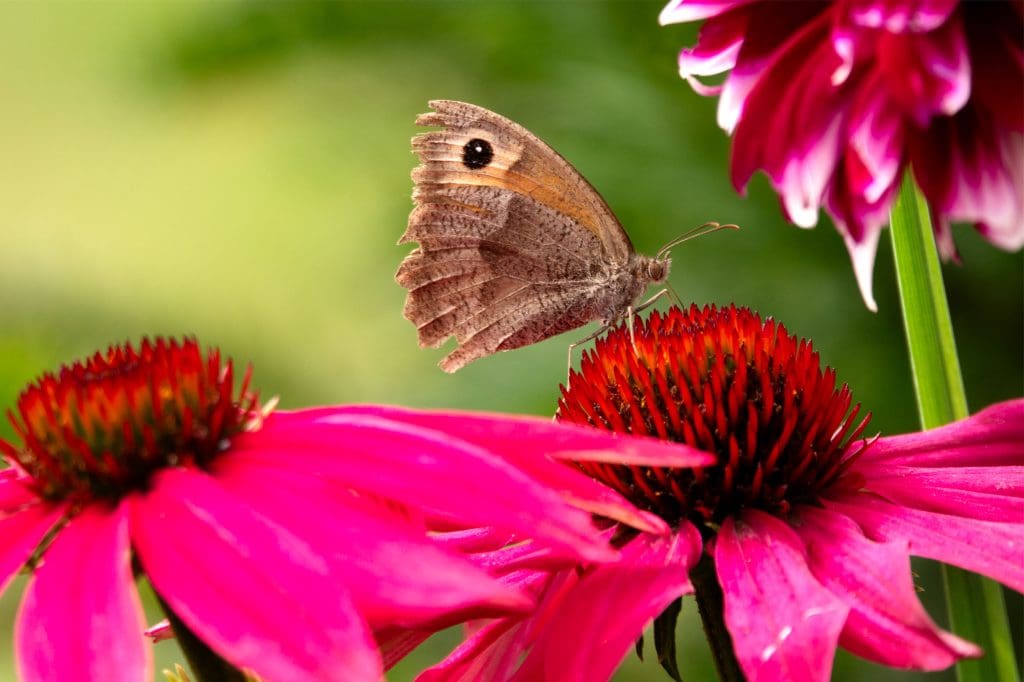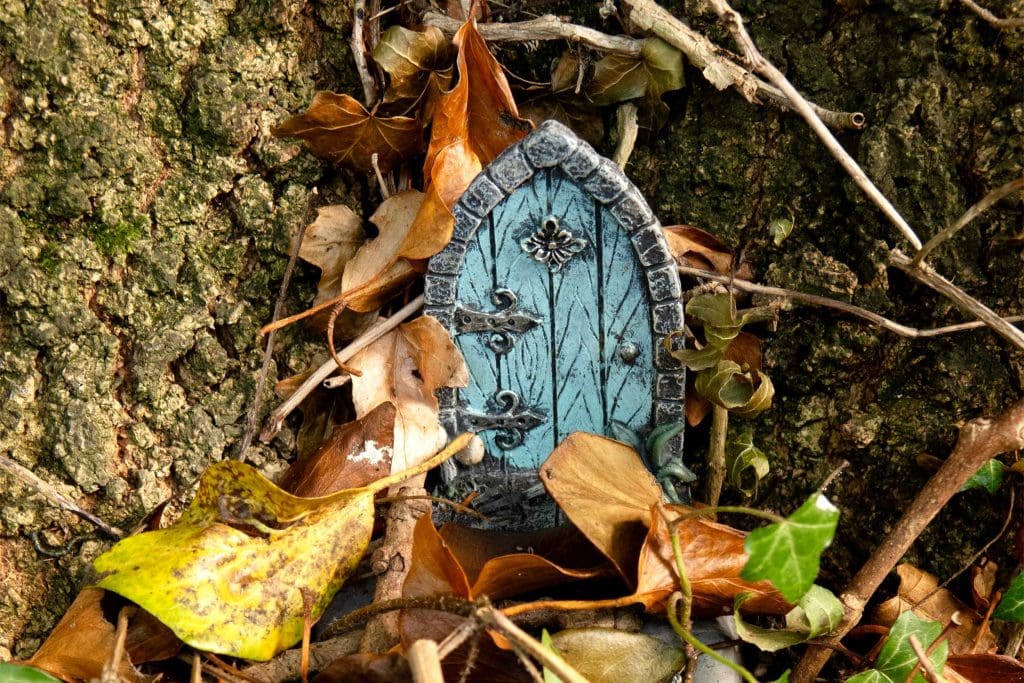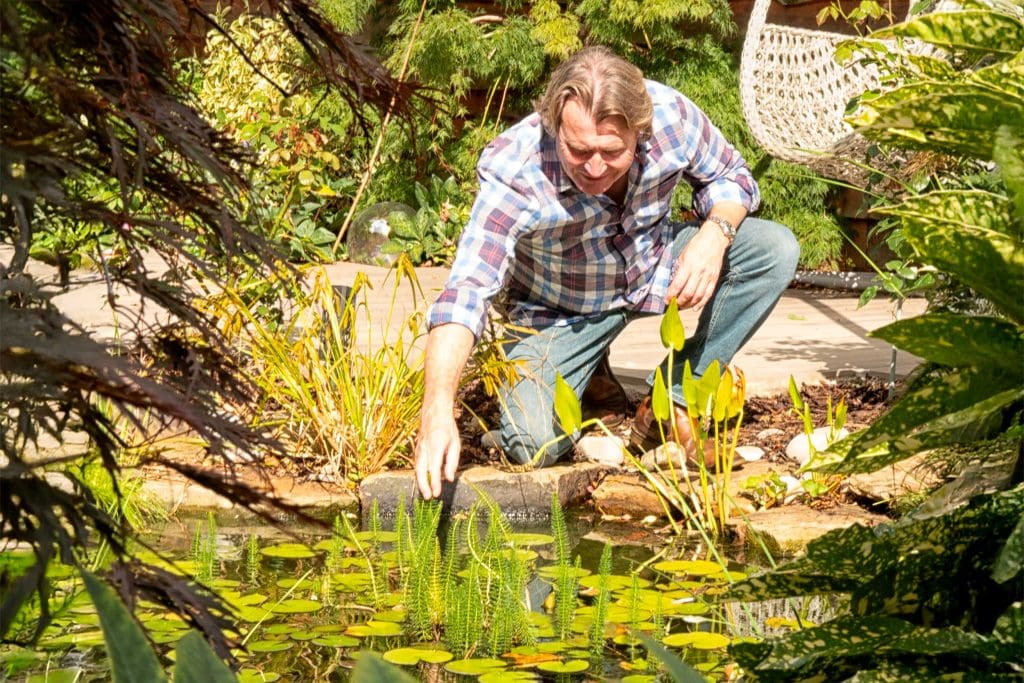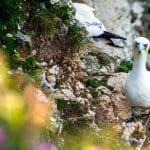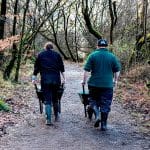“When I was young, nature was my entertainment,” says RSPB Ambassador David Domoney as he shows me around his garden in Warwickshire. It clearly still is, judging by his unending passion for it.
The garden covers three acres within a 20-acre smallholding. Most gardens are a private space, but David’s must double-up as set for his role as resident gardener on ITV’s This Morning (when he’s not away filming Love Your Garden, writing books or doing charity work).
David and his family only moved here three years ago, yet what was once an empty paddock has already been transformed into a nature-rich space. I asked David what the underlying ethos of the garden is: “First, we want food for the family, grown as sustainably as possible,” he explains. “And then we want to spend quality time in nature.”
The main filming set is an area of vegetable beds, greenhouses and flower borders as well as a composting area with no fewer than 12 compost bins. The rest of the garden has a range of evolving habitats. David’s newly planted orchard includes 60 different types of fruit with multiple varieties of apples, plums, pears and cherries. “They already give an ample supply of fruit, for us and for birds,” he says.
‘First, we want food for the family, grown as sustainably as possible. And then we want to spend quality time in nature’
David has also renovated half a mile of old hedges, encouraging hawthorn because it offers such excellent nesting sites. Then there’s what David calls his ‘wildlife corridor’, a shady pathway lined both sides with trees that he’s extending with willows, rowans and Blackthorn.
At the back of the house is a sheltered pond and seating area. “A pond is so essential in the garden,” David says. “There is never a moment when you can’t see nature at work here. The water-lily pads offer shade and shelter, marginal plants provide perches for dragonflies and there is a beach where bees can drink.”
David’s favourite place to sit is his wildflower bank, which has a stream he made tumbling down its slope. On my August visit, the Swallows that had bred in his work shed lined up on the wires.
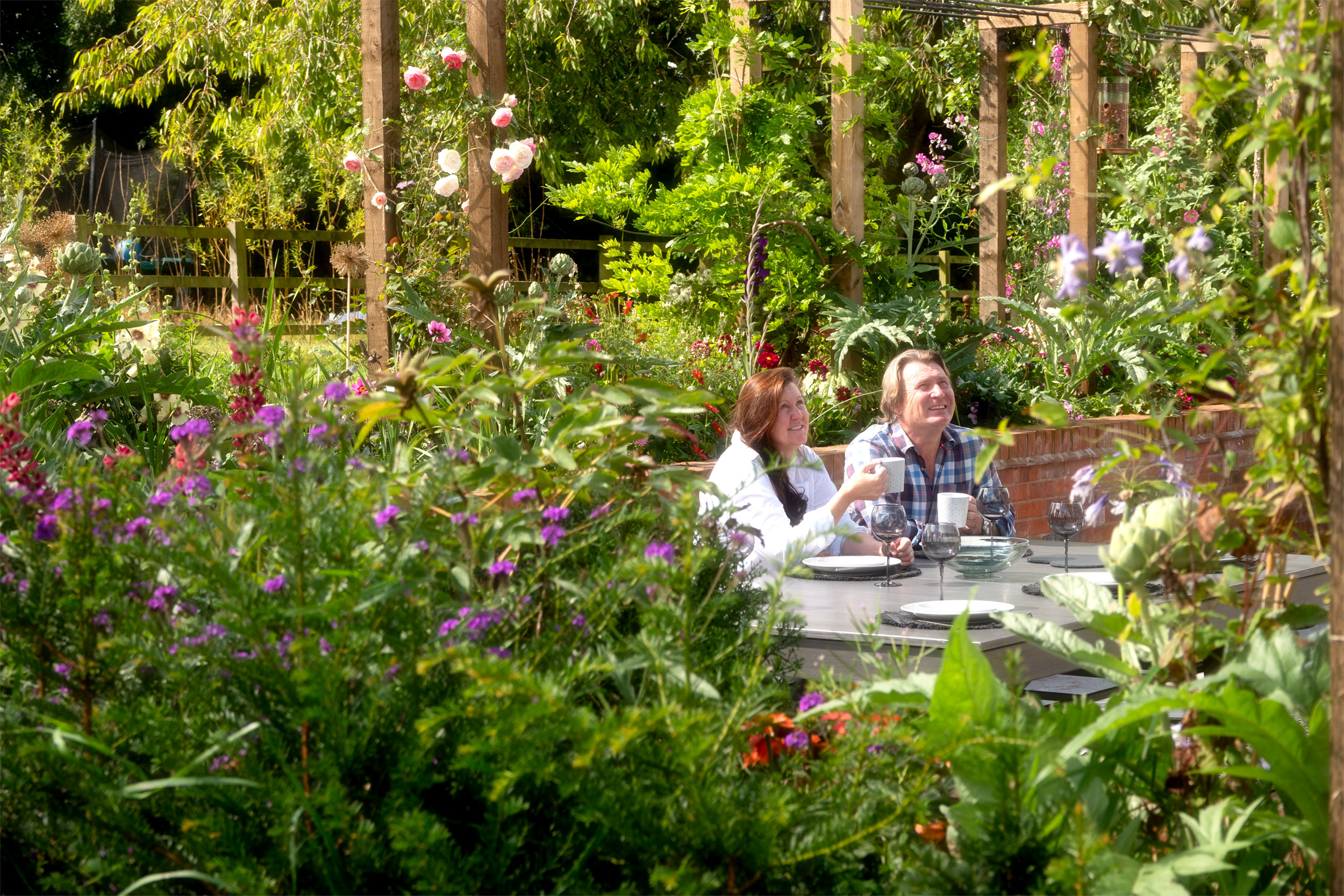
David and his wife, Adele, enjoy quality time in their garden. Photo: Adrian Thomas
By the house is the latest addition – an elegant patio with wraparound raised beds and pergola, richly planted with the pollinator-friendly plants that David loves. Here, David’s younger daughter, Abi, aged 8, eagerly shows me her well-thumbed bird book.
“Getting the next generation involved with nature is so important,” David says. “Yes, by painting bird boxes and making bug hotels, but we also have to embrace the technology they love.”
Indeed, David’s entire life pursuit has been spent engaging people with nature and gardening. “Seeing snowdrops emerge, fields of dandelions – they are moments that can refresh us all.”
How to get growing for nature with David Domoney. Video credit: The RSPB
David’s top tips for nature-friendly gardening
1. Add something that instantly draws in the wildlife and is a constant reminder of the pleasure that nature brings. It could be as simple as bird feeders in front of the kitchen window.
2. Have plants that are rich in pollen and nectar throughout the year. It helps insects while giving you something to look at and enjoy.
3. Never underestimate the benefit of plants left to grow thick and impenetrable, even if you don’t immediately see the wildlife benefit. Hedges, climbers, evergreen shrubs – there will be so much wildlife that gladly finds a home within it.
How to…
Grow fruit trees
Provide food for nature, and yourself
Planting a fruit tree is one of the best ways to help nature in the garden. The blossom is perfect for pollinators and the leaves are eaten by many moth caterpillars, which themselves become food for birds (and ultimately bats). The fruit itself is eaten by thrushes, and you! Most fruit trees are grafted onto a rootstock that determines how big they will grow. Some are only suitable for large gardens, others are fine for a pot on a patio. Always read the label to check the ultimate height of the tree. Potted trees will need regular watering, but fruit trees require little maintenance apart from a prune in winter (for apples and pears) or summer after fruiting (for plums and cherries).
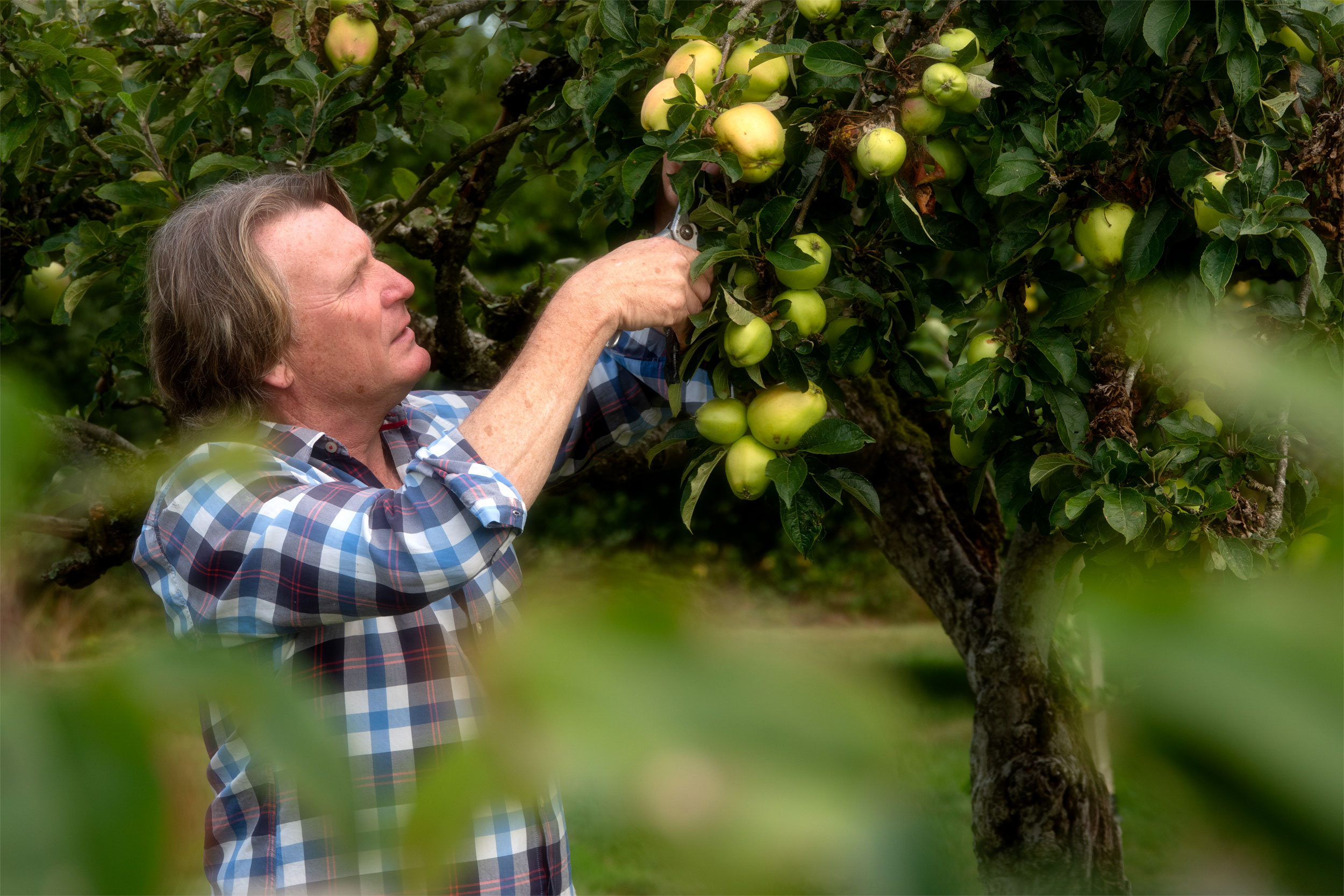
David cherishes the one old apple tree in his orchard. Photo: Adrian Thomas
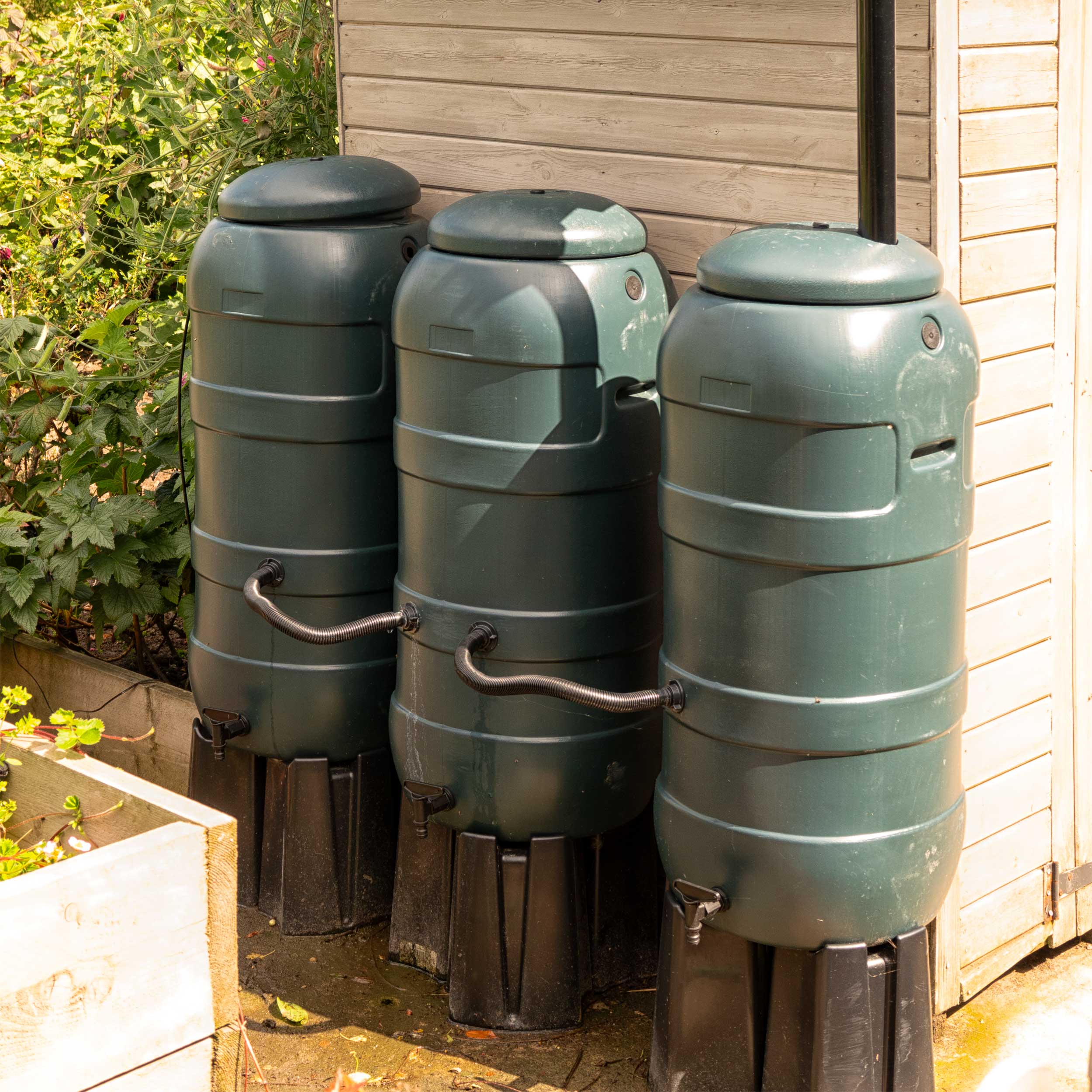
Make garden watering an environmentally friendly process by using collected rainwater. Photo: Adrian Thomas
Wildlife gardening ideas: multibutting!
To water his garden, David collects rainwater wherever he can. He then doesn’t have to draw from the mains, which protects our precious wetlands. He uses interlinked water butts, run in series using a simple connector kit. To do this yourself, you will need a circular drill bit to bore a hole in the sides of the butts. These three butts together hold about 300 litres, which is two baths filled to the brim. Most water butts are made of plastic but will last for decades. Try to buy those made of recycled plastic. Always keep lids on to stop wildlife from falling in!
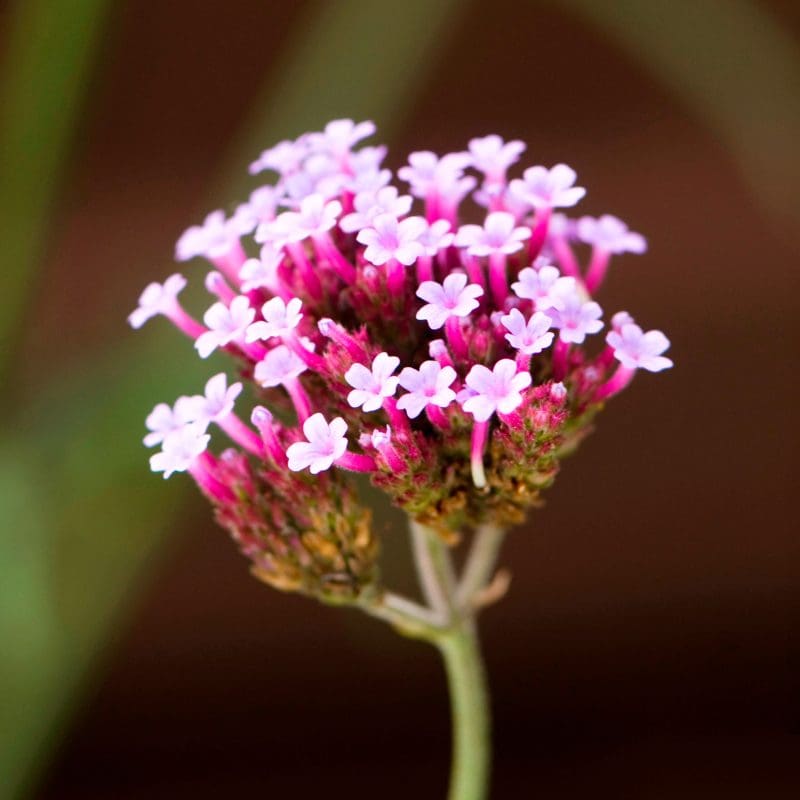
Verbena bonariensis. Photo: Anne Gilbert (Alamy Stock Photo)
What to grow: Verbena bonariensis
- Thought to have been introduced to the UK in 1732, Verbena bonariensis first became trendy in show gardens about 20 years ago.
- Sometimes called Purple-top, it originates in South America. The ‘bonariensis’ means ‘from Buenos Aires’.
- It tends to be a short-lived perennial that doesn’t survive harsh winters, but it self-seeds.
- It’s a great flower for pollinators – one of the very best for butterflies and Hummingbird Hawk-moths – with a long flowering season.
- It can easily be grown from seed in spring – germinate on a warm windowsill or in a greenhouse.
- Plant out in a sheltered, sunny spot where the soil isn’t too damp.
- The stems typically grow to about 1.5m tall, but they are slender and wiry and the leaves are small, meaning they can grow up through other plants. Clusters of flowers then seem to float over the top.
- Shorter cultivars have been bred more recently, such as ‘Vanity’ and ‘Little One’ – great for containers.
- Another Verbena to try is Verbena hastata, which is shorter with purple, pink or white flowers in short spikes.
- Vervain Verbena officinalis is a European member of the same family, thought to have arrived in Neolithic times. It is more delicate.
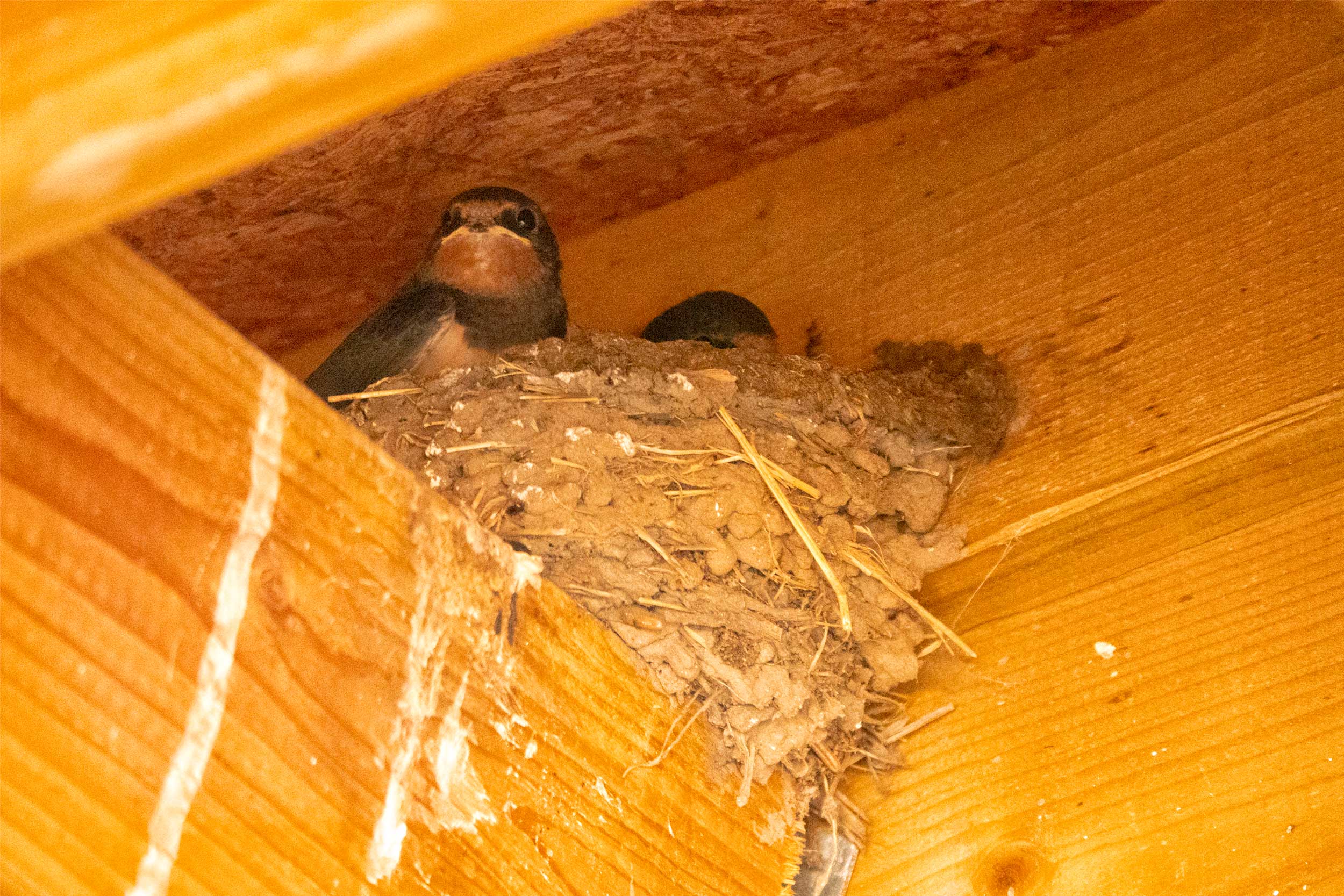
Young Swallows nesting in David’s shed.
Spotlight on: Swallows and martins
David’s garden was alive with the sound of Swallows! Here are two of the youngsters in his shed. You can see what Swallows need – a horizontal beam or ledge, tucked away within an outhouse or barn but with a permanent flight line in, where they can build their open-cup nest.
They breed close to open pasture where the adults can fly low among livestock, catching insects. This means that Swallows rarely breed in towns and cities. House Martins, by contrast, build closed-cup nests hung high under the eaves and take more readily to urban locations.
House Martins are on the Red List; their numbers went down by 44% between 1995 and 2022. Swallows are currently on the Green List, although numbers fell by about 24% during the same period.
Your letters: captured on camera
My wife and I live in a very rural location in Mid-Norfolk. We have a garden of about a third of an acre, and when we moved here we planted a variety of native tree species, berry-bearing shrubs, fruit trees and bushes, plus plants to attract butterflies and bees.
We also have a pond that attracts various dragonfly species and bird-feeding stations around the garden. As a result, we’re frequently visited by the local wildlife and have derived much pleasure from watching it. Although we enjoy seeing the wildlife year-round, spring and summer are particularly interesting seasons as many birds nest in our hedges.
Daily, we see adult birds collecting food and then feeding their young once they have fledged.
David Pelling
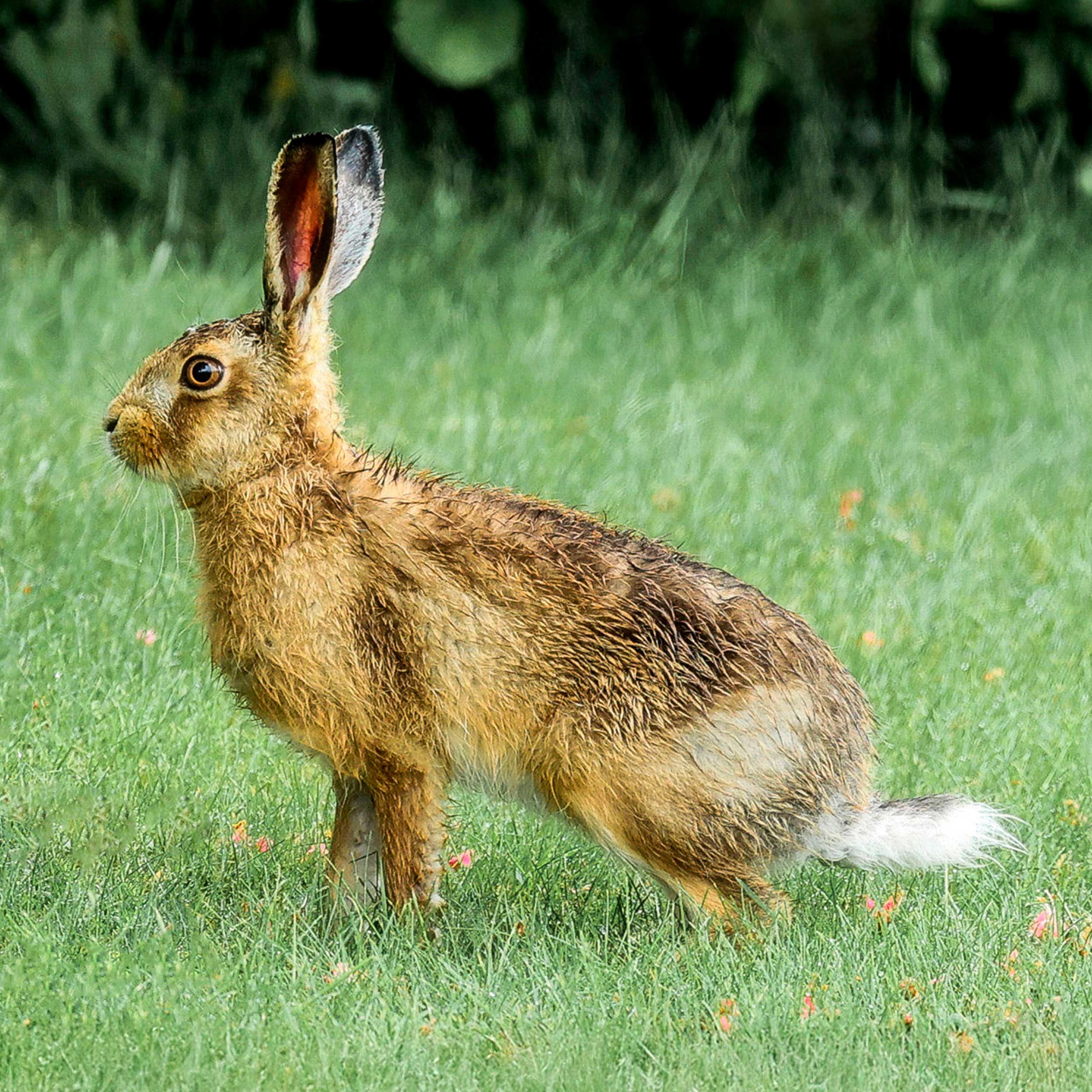
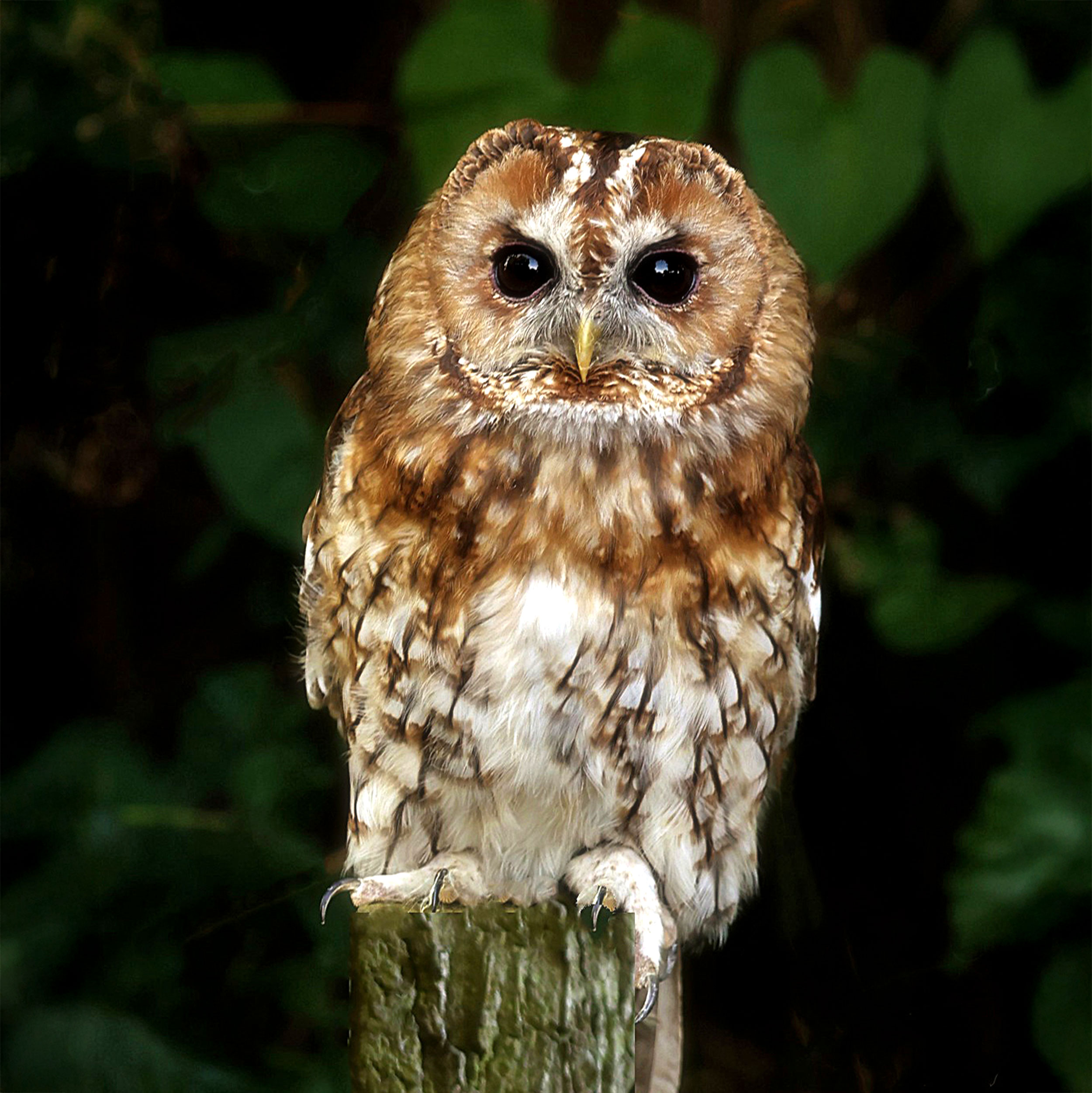
David Pelling’s garden visitors also include a Brown Hare and a Tawny Owl. Photos: David Pelling
News: the name of the rose…
…is: RazzleBEEdazzle. This name was chosen in a competition by RSPB supporter Dot Dahl. Each bloom of the new variety – the result of eight years of nurturing by Harkness Roses – is a deep, rich golden-amber with a dark red spot at the centre of every petal. These flowers will support pollinators as well as yielding hips to feed birds in winter. Buy online at roses.co.uk. The RSPB receives £5 from each sale.
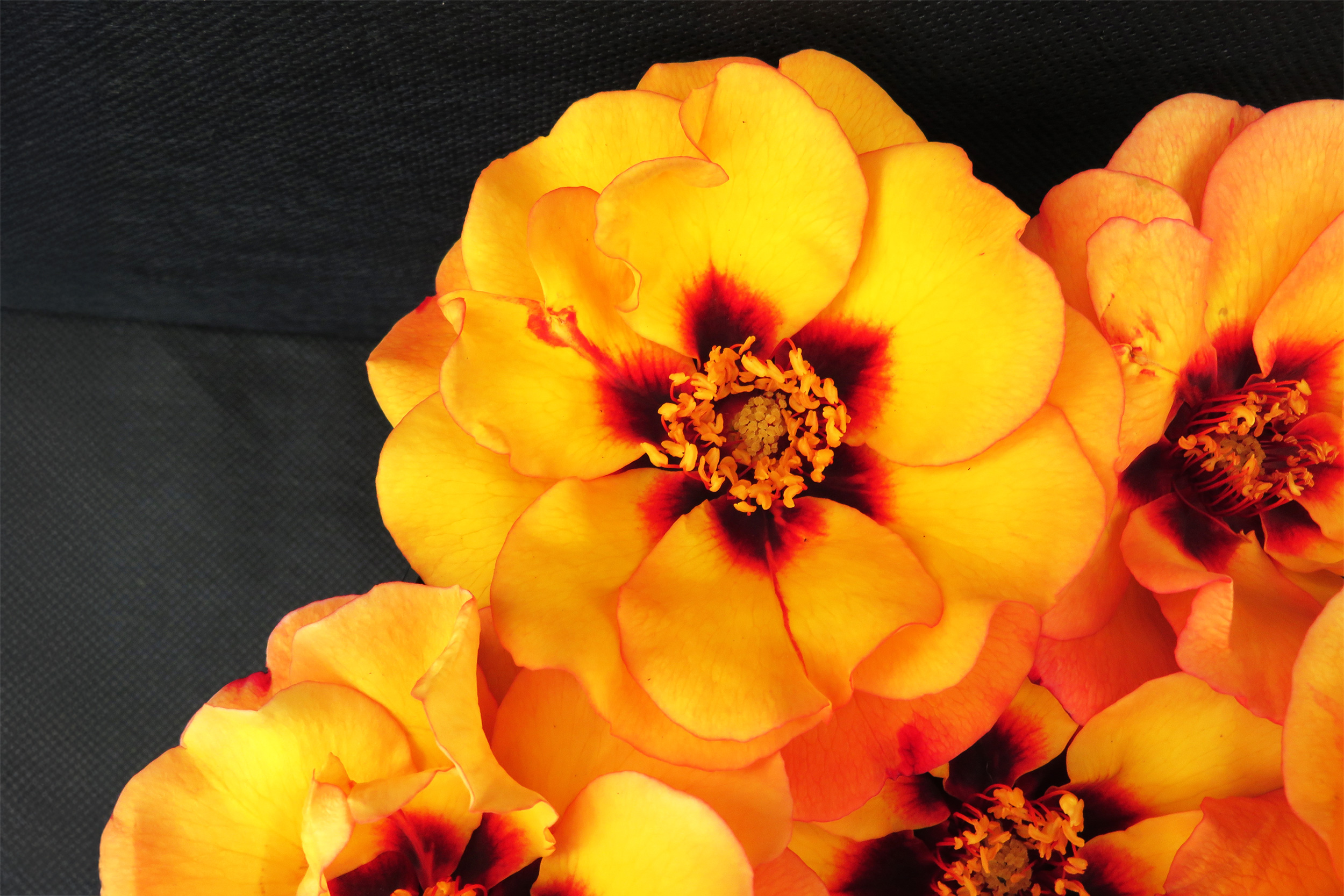
Dot Dahl selected a name for this beautiful rose
If you have a space you have transformed with wildlife in mind, please tell us about it at rspbmagazine@rspb.org.uk
You might also like
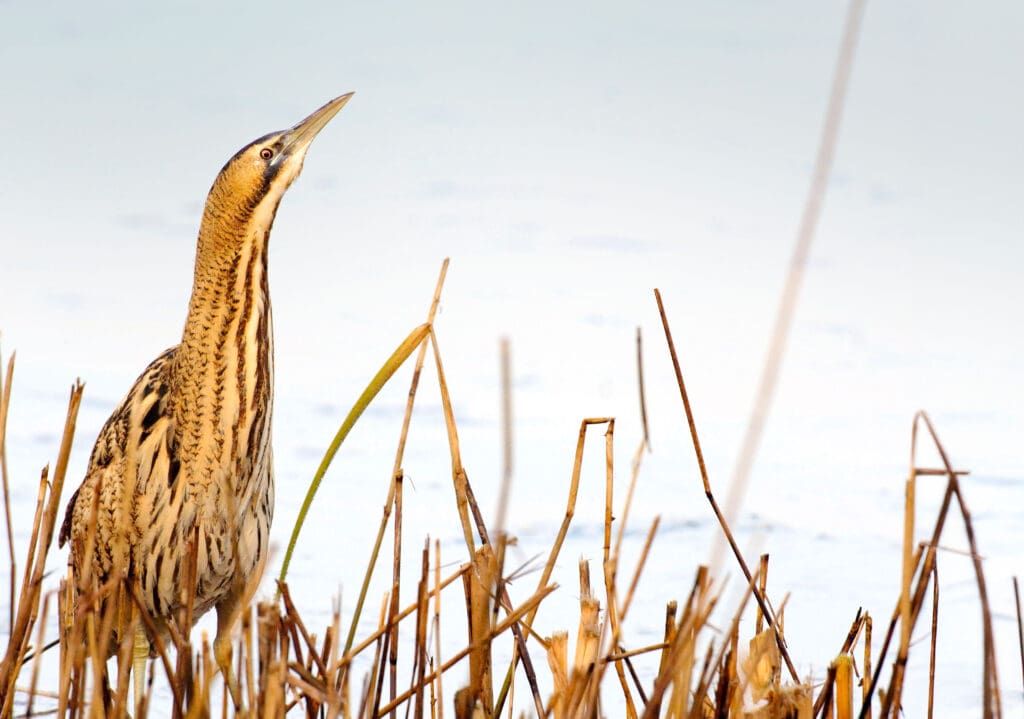
RSPB Reserves Report reveals hope for birds
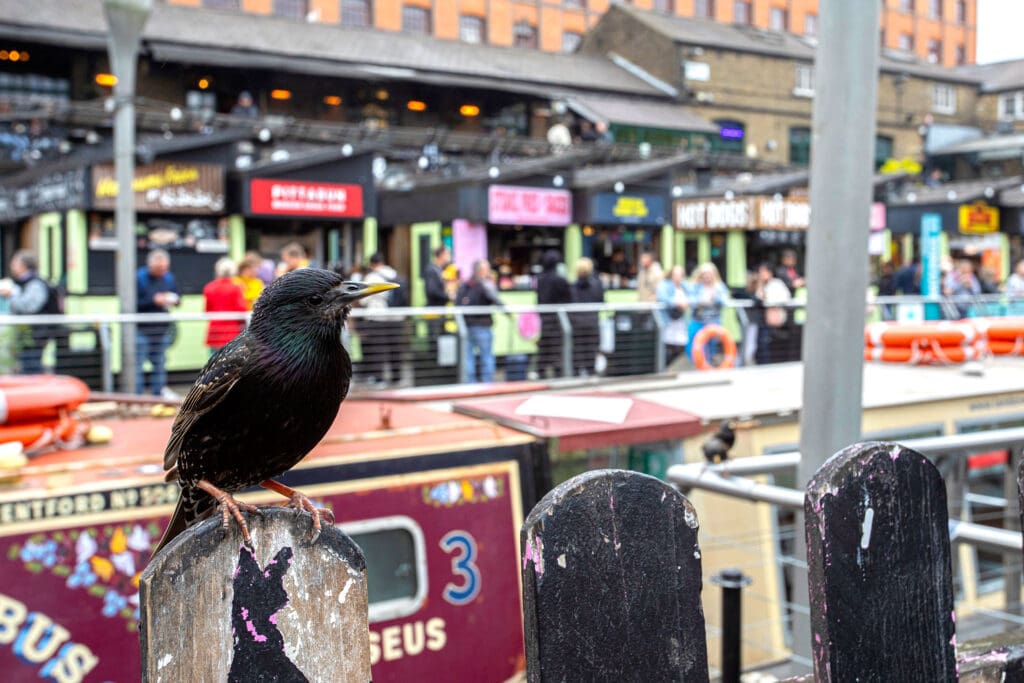
Creating bird-friendly cities and communities
